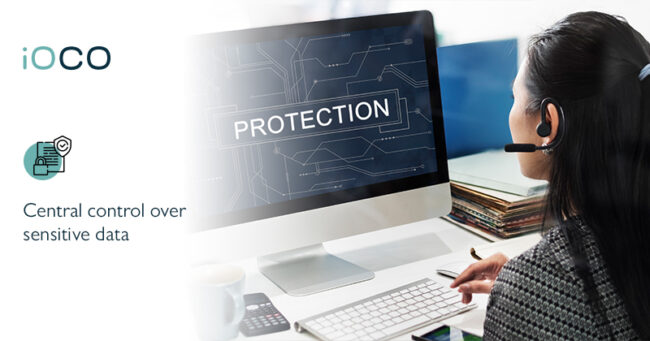The European Union’s (EU) General Data Protection Regulation (GDPR) has had a huge impact on EU businesses and the multinational organisations handling their data. The EU enacted its privacy legislation five years ago, however, today there is a growing list of companies large and small which have been fined.
GDPR is all about compliance and defining the consequences of not getting those regulatory ducks in a row and delivers a fundamental change in how data controllers and data processors handle personal data.
Data has become a critical commodity, with organisations generating vast amounts of it. With the enforcement of GDPR companies need to ensure that data is protected, however, firstly they need to know where the data is located and what the data contains before they can protect it. They also would need to understand the lifecycle and usage of data to be able to ensure the correct controls are applied.
If companies are to achieve GDPR compliance, they will need to develop a strong understanding of their structured and unstructured data – doing this will enable them to drive transparency and consent. This also puts businesses in a position to minimise the data being kept including providing the capability to dispose of or rectify data – this can also assist with decreasing organisational risk.
The final part of the picture is the immensely important issue of security – if breaches are to be prevented, access control and data protection techniques need to be applied to ensure data protection.
Technology, the principal problem
PwC defines the role of technology as the principal factor in achieving GDPR compliance. They provide a set of recommendations such as the interpretation of requirements, mapping the technologies in play and quickly identifying the correct information that needs to be managed and protected.
Information insight is the key to solving these challenges of large volumes of data and high levels of complexity. The risks are high, lost customer confidence, security breaches, fines, sanctions and potential lawsuits. Organisations failing to translate compliance requirements into their technology stack run the risk of operational failure, which can, in turn, lead to reputational and legal damage.
Businesses need to learn how technology plays a key role in an organisation’s journey towards compliance. Instead of an ‘add-on’ or afterthought within business operations, protections for personal data need to be woven into the very fabric of data processing systems, meaning that entities must re-examine how they approach the use of technology in their organisations.
As such, it is obvious that, as well as being the problem, technology must provide the solution. If entities are storing too much personal data, for example, technology needs to deliver delete, erase, de-duplication and minimisation functionality.
The privacy challenges of data-driven businesses
Today’s data-driven businesses rely on analytics insights for creating customer value, maximising operational efficiencies and achieving competitive edge. More data than ever before is captured and flows throughout enterprises from millions of IoT smart devices at the edge of the network, through thousands of applications, to repositories on-premises and on public and private cloud.
The issue is that among the terabytes of data captured by enterprises, there is highly sensitive information that if breached, could prove to be seriously damaging to a business. Breaches lead to loss of revenue and a decline in brand loyalty.
The challenge is that as data moves across modern IT in ever growing volumes. Security and privacy controls lacking co-ordination between silos and with no central policy management become ineffective. Businesses often don’t know what the sensitive data is that they are holding, nor where it’s located, where it flows or who is using it. If this sounds familiar it’s because you also have no central control over data privacy policy management and governance in your company. Privacy legislation strives to make data privacy requirements stricter by increasing penalties for data breaches and the solution will be the implementation of much needed central control over the usage of sensitive data.
So, a new approach is needed. Sensitive data must be identified, classified, and protected, through a single pane of glass methodology that applies the appropriate level of privacy controls to data according to sensitivity and usage requirements. If this is to be achieved, businesses must orchestrate and govern data privacy at a higher level that attains complete visibility and creates greater efficiencies while eliminating gaps.
This comprehensive data privacy management approach allows organisations to automate the process, maintain regulatory privacy compliance and create a balance between risk exposure and the need to use data for competitive advantage.
